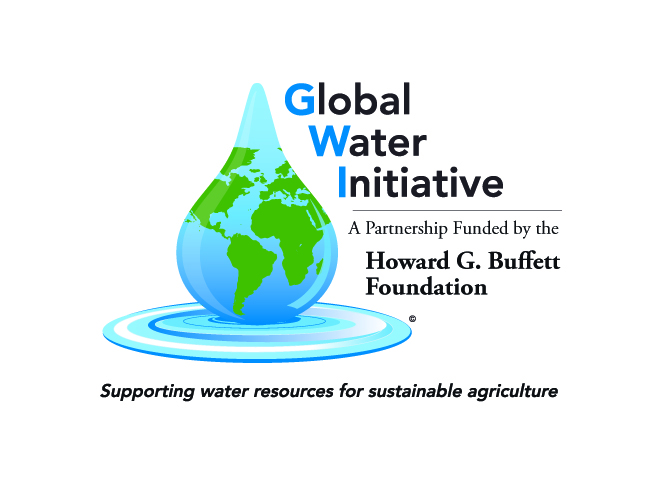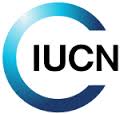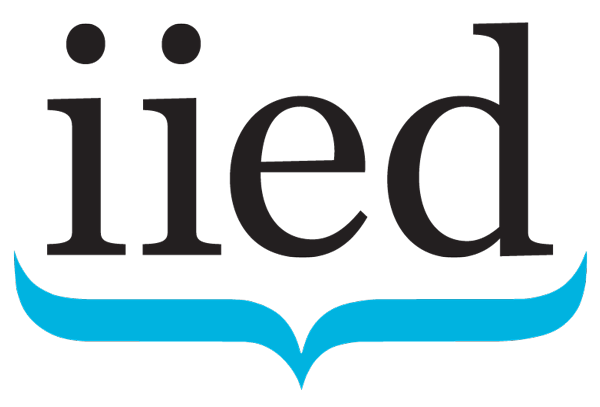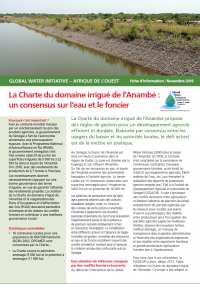Focal point
Location
La GWI en Afrique de l'Ouest est mise en œuvre par un consortium constitué par IIED et l'UICN, et travaille principalement dans cinq pays : le Burkina Faso, la Guinée, le Mali, le Niger et le Sénégal.
Le travail de la GWI en Afrique de l'Ouest est guidé par la vision et la mission de la GWI au niveau mondial. En effet, toutes les régions de la GWI s’efforcent d’engendrer un changement significatif par le biais d'un plaidoyer et d'initiatives politiques intégrés pour:
- soutenir une gouvernance et l’élaboration de politiques plus efficaces à tous les niveaux pour garantir l'eau pour l'agriculture.
- améliorer la qualité des connaissances et rendre les informations pertinentes accessibles aux exploitants familiaux, tout en optimisant l'utilisation et les pratiques de gestion de l’eau des principales parties prenantes.
Members:
Resources
Displaying 26 - 30 of 64La Charte du domaine irrigué de l’Anambé : un consensus sur l’eau et le foncier
La Charte du domaine irrigué de l’Anambé propose des règles de gestion pour un développement agricole efficient et durable. Élaborée par consensus entre les usagers du bassin et les autorités locales, le défi actuel est de la mettre en pratique. Cette fiche revient sur le processus d'élaboration de la Charte et met en lumière les opportunités et défis qui en découlent.
Managing land and water resources by consensus: the Anambé irrigation scheme charter
The Anambé irrigation scheme charter sets out management principles for efficient and sustainable agricultural development. The charter is based on a consensus between river basin users and local authorities. Now the challenge is to put this into practice.
Managing land and water resources by consensus: the Anambé irrigation scheme charter
The Anambé irrigation scheme charter sets out management principles for efficient and sustainable agricultural development. The charter is based on a consensus between river basin users and local authorities. Now the challenge is to put this into practice.
Land tenure conditions and the viability of irrigated rice farming
Analysis of land allocation strategies in irrigated agriculture schemes in West Africa yields lessons which can guide the design and implementation of current and forthcoming projects. Allocation of insufficient land makes the main purposes of large dam projects – to combat poverty and to increase national cereal production – more difficult to achieve. Research by the Global Water Initiative (GWI) at three dam project sites in West Africa shows that the area of land allocated per family is usually about 1 hectare (ha).
Land tenure conditions and the viability of irrigated rice farming
Analysis of land allocation strategies in irrigated agriculture schemes in West Africa yields lessons which can guide the design and implementation of current and forthcoming projects. Allocation of insufficient land makes the main purposes of large dam projects – to combat poverty and to increase national cereal production – more difficult to achieve. Research by the Global Water Initiative (GWI) at three dam project sites in West Africa shows that the area of land allocated per family is usually about 1 hectare (ha).





